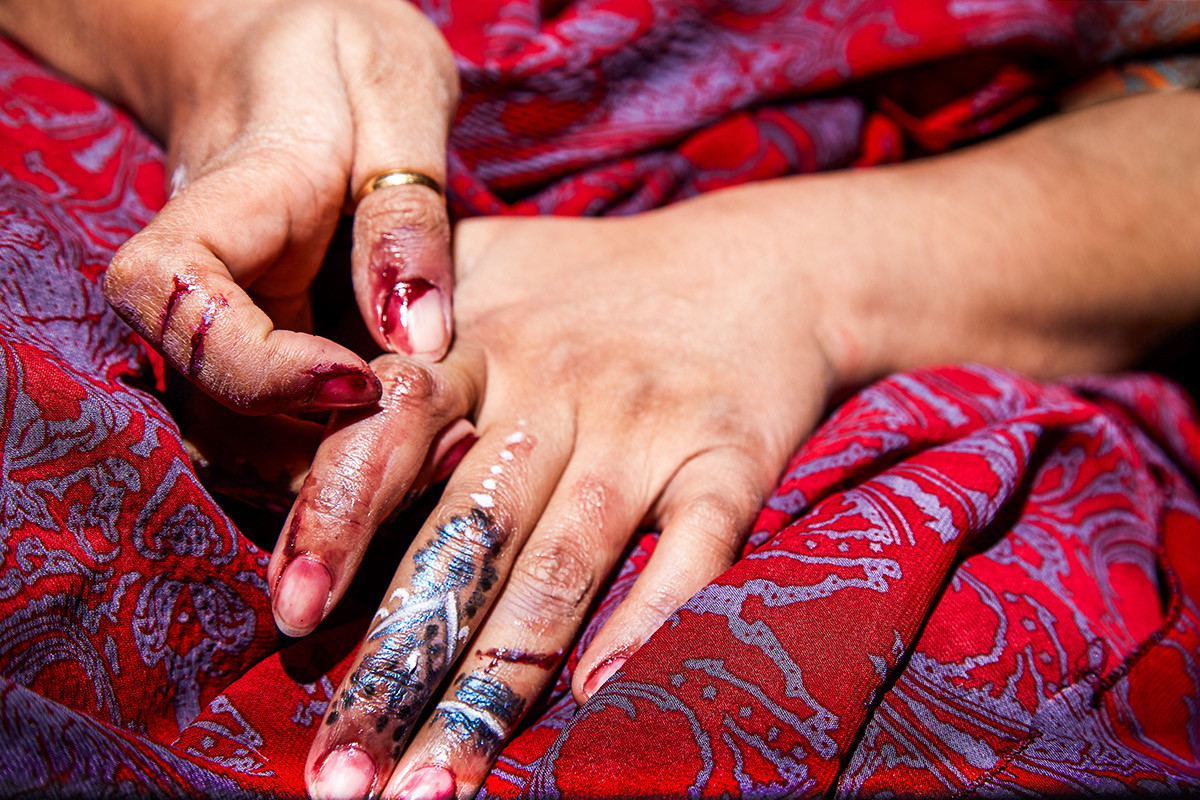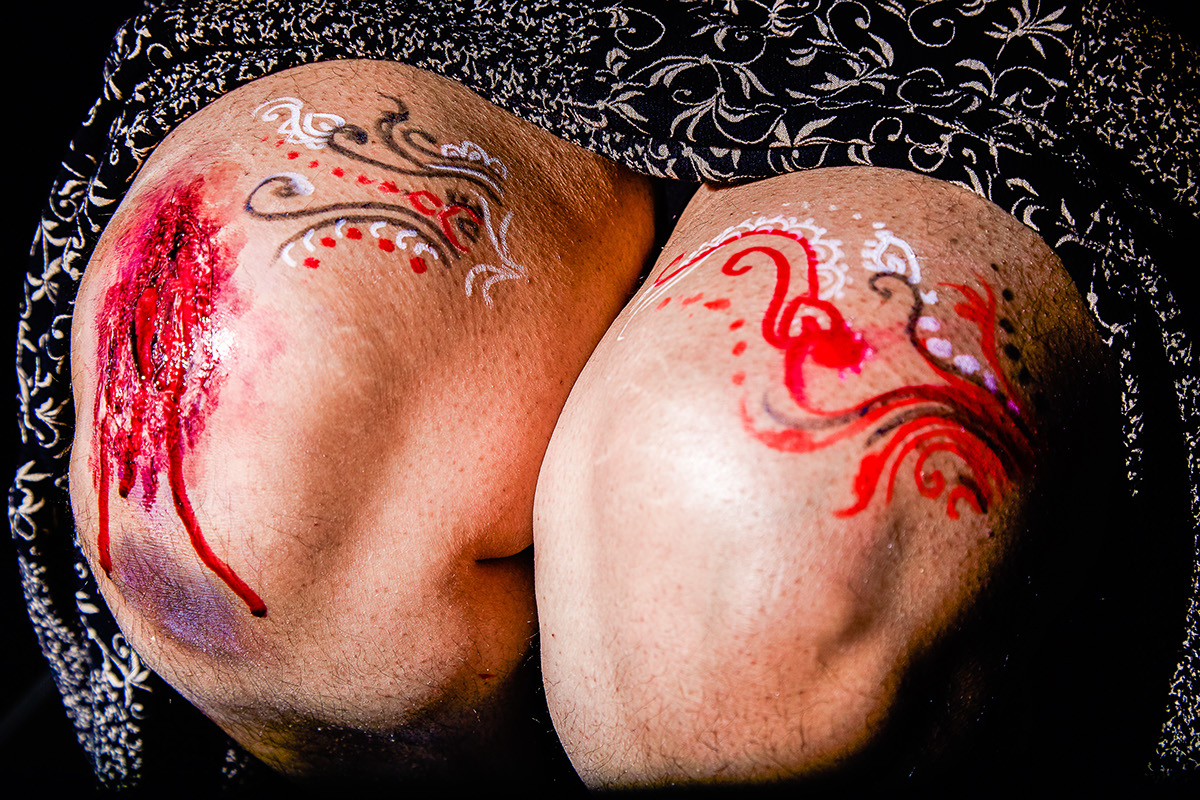Artist Statement | Mediha Sandhu
Art could be described as giving a visual summation of a verbally ineffable concept. The statement, “You couldn't possibly know what it’s like,” holds true for every experience unique to us, and is a personal and cultural qualia that is beyond the ability of most people to experience (unless personally experienced), without the limitation of the written, translated word. But a visual representation of the multitude of pain and abuse, given life by someone who can know them on a truly deep and personal level, would transcend the linguistic, cultural, and theological limitations of text.
There is a rich internal logic to the nature of abuse, stress, punishment, self harm, and depression. My pieces aspire to address those issues. Many artists, like Donna Ferrato, strive to edify topics of domestic abuse. Ferrato was driven to reveal the abuses that were happening in private. “I took the picture because without it I knew no one would ever believe it happened," Ferrato told Time in 2012, “I was so upset that many young women were putting up with abuse and romanticizing it.”
Stress changes a person on the cellular level. Traumatic events, such as sexual abuse, mutates an individual to become more prone to illness, have a stronger reaction to stress, and affects the whole body physically as well as psychologically. Intangible stressors are as damaging, if not more, than physical stressors. Self-harm is a sign of an individual overwhelmed with unhappy emotions who find the act of physically harming their self as relieving or as a release of these emotions. Over time, this behavior becomes methodical, subconscious, sometimes even necessary. This is the physical manifestation of trauma and coping mechanics, however it does not deal with the mental consequences nor how the body itself reacts.
My work uses graphic photos to focus on the subtle realities faced by many, as well as its physical side effects and impact upon the body. I use an all too common object of desire, a female form, and slightly abstract her body by focusing on parts and not the whole. However, I play with the idea of the abject. Philosopher Julia Kristeva explains that the abject has to do with “what disturbs identity, system, order.” With this concept, I take something regarded as beautiful, portray it as unidealized and rough (perhaps horrific), and insight a reaction that makes the viewer instantly think of their own mortality, materiality, and well being.
Studies show that faith, a belief in something more or a higher power at play, often helps the body. Islamically, “punishments” are part of a divine, cosmic calculus, and what unites these stressors is that they can be considered a form of purification for sins that are committed in this life. As such, it is believed that earthly punishments (sometimes even hardships) are far more preferable to punishments in the afterlife, which will be far worse than anything that one could experience in this life. They may be considered a form of atonement or trial. Perhaps this ideology creates something optimistic to bear in mind; to be inspired to keep existing and developing, as morbid and harsh as that concept might seem to be understood.









